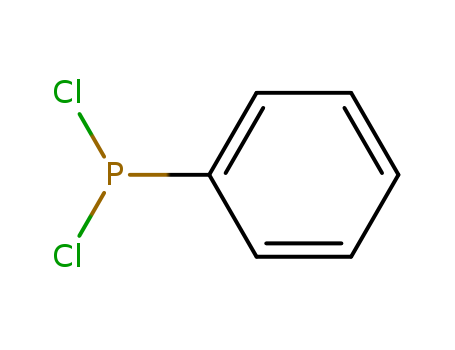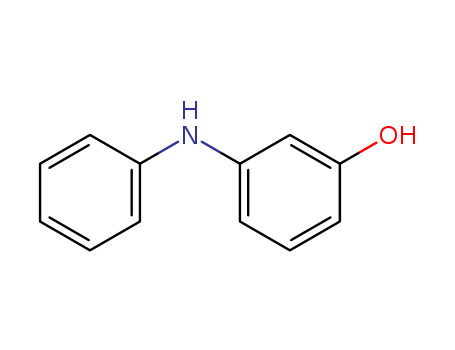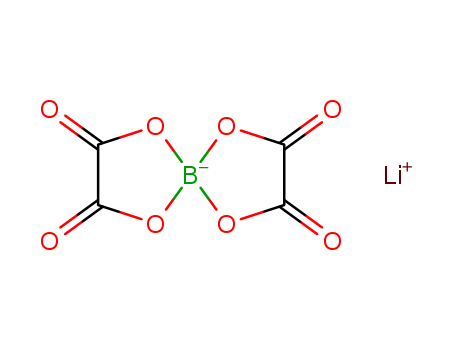Identification and Related Records
【Name】
Propanenitrile,3-amino-
【CAS Registry number】
151-18-8
【Synonyms】
Propionitrile,3-amino- (8CI)
Propionitrile, b-amino- (4CI)
1-Cyano-2-aminoethane
2-Cyanoethylamine
3-Aminopropanenitrile
Aminopropionitrile
BAPN
N-(2-Cyanoethyl)amine
NSC 40641
b-Alaninenitrile
b-Aminopropionitrile
b-Cyanoethylamine
【EINECS(EC#)】
205-786-0
【Molecular Formula】
C3H6N2 (Products with the same molecular formula)
【Molecular Weight】
70.09
【Inchi】
InChI=1/C3H6N2/c4-2-1-3-5/h1-2,4H2
【InChIKey】
AGSPXMVUFBBBMO-UHFFFAOYSA-N
【Canonical SMILES】
C(CN)C#N
【MOL File】
151-18-8.mol
Chemical and Physical Properties
【Appearance】
clear colourless to yellow liquid
【Density】
0.9584
【Boiling Point】
185℃
【Vapour】
0.667mmHg at 25°C
【Refractive Index】
1.4365-1.4395
【Flash Point】
66.5 °C
【Color/Form】
Liquid
【Storage temp】
Refrigerator
【Spectral properties】
Index of refraction: 1.4396 @ 20 deg C/D
【Computed Properties】
Molecular Weight:70.09314 [g/mol]
Molecular Formula:C3H6N2
XLogP3-AA:-1
H-Bond Donor:1
H-Bond Acceptor:2
Rotatable Bond Count:1
Exact Mass:70.053098
MonoIsotopic Mass:70.053098
Topological Polar Surface Area:49.8
Heavy Atom Count:5
Formal Charge:0
Complexity:49.2
Isotope Atom Count:0
Defined Atom Stereocenter Count:0
Undefined Atom Stereocenter Count:0
Defined Bond Stereocenter Count:0
Undefined Bond Stereocenter Count:0
Covalently-Bonded Unit Count:1
Feature 3D Acceptor Count:1
Feature 3D Donor Count:1
Feature 3D Cation Count:1
Effective Rotor Count:1
Conformer Sampling RMSD:0.4
CID Conformer Count:3
Safety and Handling
【Hazard Codes】
Xn:Harmful;
【Risk Statements】
R20/21/22
【Safety Statements 】
S36/37
【HazardClass】
8
【Safety】
Moderately toxic by intraperitoneal route. An experimental teratogen. Other experimental reproductive effects. Mutation data reported. Nitriles usually have cyanide-like effects. See also CYANIDE. Easily oxidized and unstable. A storage hazard; it polymerizes to an explosive yellow solid. When heated to decomposition it emits toxic fumes of CN− and NOx. For fire and explosion hazards see CYANIDE.
Safety information of 3-Aminopropionitrile (151-18-8):
Hazard Codes Xn
Risk Statements
20/21/22 Harmful by inhalation, in contact with skin and if swallowed
Safety Statements
36/37 Wear suitable protective clothing and gloves
RIDADR 3276
RTECS UG0350000
HazardClass 8
PackingGroup III
【PackingGroup 】
III
【Transport】
3276
【Reactivities and Incompatibilities】
Easily oxidized and unstable.
【Report】
EPA Genetic Toxicology Program. Reported in EPA TSCA Inventory. Cyanide and its compounds are on the Community Right-To-Know List.
【Disposal Methods】
SRP: At the time of review, criteria for land treatment or burial (sanitary landfill) disposal practices are subject to significant revision. Prior to implementing land disposal of waste residue (including waste sludge), consult with environmental regulatory agencies for guidance on acceptable disposal practices.
Use and Manufacturing
【Use and Manufacturing】
Methods of Manufacturing
Prepd by reaction of acrylonitrile with ammonia: Buc et al; J Am Chem soc 67: 93 (1945); Org Syn Coll Vol III: 93 (1955); Weijlard, Sullivan, US patent 2,742,491 (1956 to Merck & Co).
U.S. Production
(1972) NOT PRODUCED COMMERCIALLY IN US
(1975) NOT PRODUCED COMMERCIALLY IN US
Biomedical Effects and Toxicity
【Therapeutic Uses】
EXPTL USE: ADMIN OF LYSYL OXIDASE INHIBITOR, BAPN, PREVENTED DEVELOPMENT OF HYPERTENSION & DECR AMT OF VASCULAR COLLAGEN IN RATS IN WHICH HYPERTENSION HAD BEEN INDUCED. HISTOLOGICAL EXAM REVEALED THAT ARTERIOSCLEROTIC CHANGES WERE PREVENTED BY BAPN. [OOSHIMA A; JPN CIRC J 41(8): 912 (1977)]
【Biomedical Effects and Toxicity】
BETA-AMINOPROPIONITRILE (BAPN) WAS FOUND IN URINE WITHIN 1 HR OF ORAL ADMIN. ORAL 250 MG BAPN AT 6 HR INTERVALS EACH DAY FOR 21 DAYS RESULTED IN URINARY BAPN RECOVERIES APPROXIMATING 16% OF TOTAL DOSE. BAPN WAS NOT DETECTED IN SPECIMENS COLLECTED LATER THAN 7 HR AFTER CESSATION OF BAPN DOSAGE. URINARY CYANOACETIC ACID APPEARED MORE SLOWLY THAN BAPN & INCR GRADUALLY TO APPROX 3 TIMES THAT OF URINARY BAPN. AFTER BAPN WAS DISCONTINUED, THERE WAS PROLONGED URINARY EXCRETION OF BAPN-DERIVED CYANOACETIC ACID. [FLEISHER JH ET AL; CLIN PHARMACOL THER 23(5): 520 (1978)] PubMed Abstract
AFTER APPLICATION TO THE SKIN OF RATS, (14)C-BAPN FREE BASE WAS ABSORBED MORE RAPIDLY AND TO A GREATER EXTENT THAN THE FUMARATE SALT. SIX HOURS AFTER TOPICAL ADMINISTRATION OF THE FREE BASE ONLY TRACES OF (14)C WERE FOUND ON THE SKIN AND LESS THAN 1% OF THE DOSE WITHIN THE SKIN SECTION SUGGESTING RAPID DRUG ABSORPTION. [FLEISHER JH ET AL; LIFE SCI 29(24): 2553 (1981)] PubMed Abstract

 Premiumsupplier
Premiumsupplier 





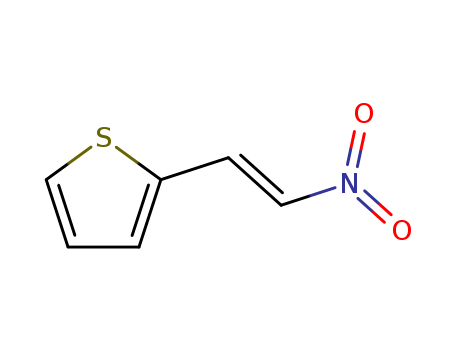
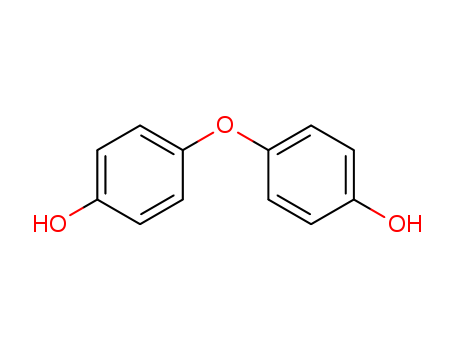
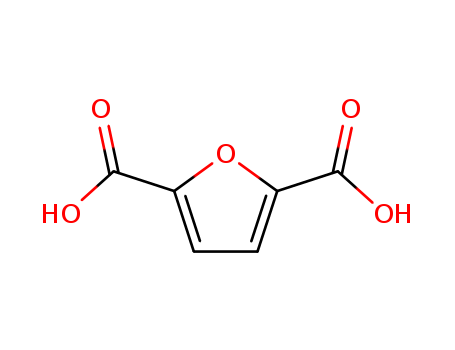
![6-Methyl-2-(4-methylphenyl)imidazol[1,2-a]-pyridine-3-acetic acid](http://file1.lookchem.com/cas/reactions/2021/05/27/4322527.png)
